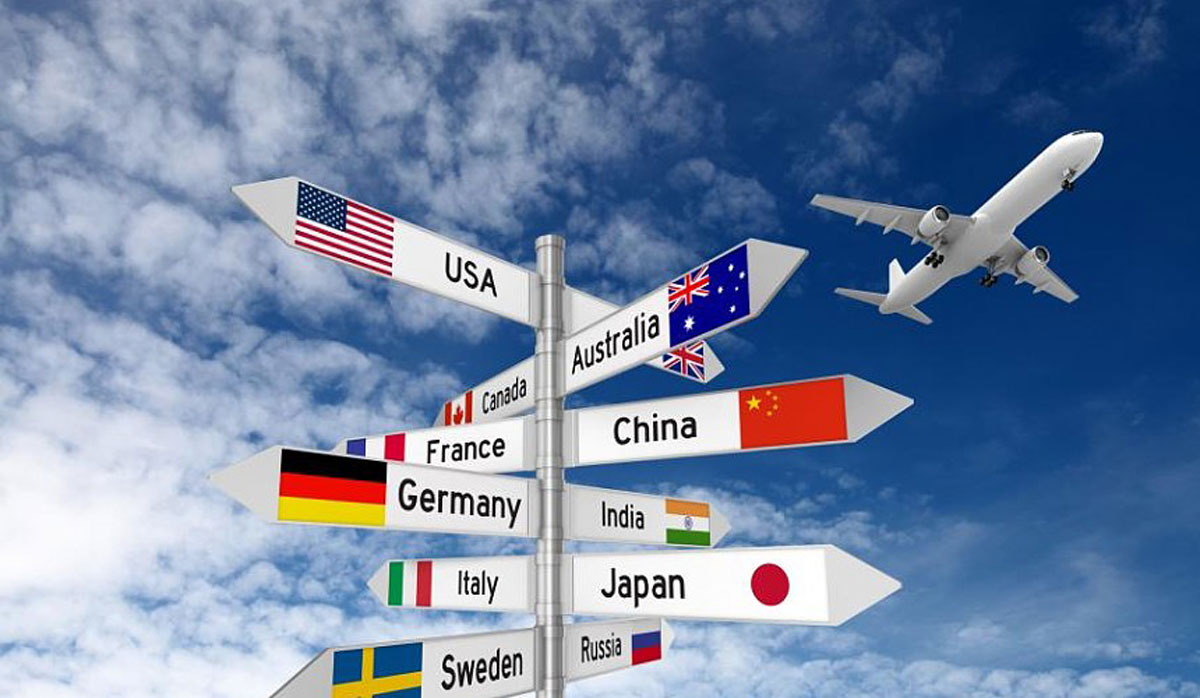International tourism is on track to return to pre-Covid levels, with twice as many people traveling the world in the first quarter of 2023 than in the same period in 2022. The growth of outbound tourism from China and the end of the coronavirus pandemic will accelerate the recovery of the sector this year.
In the first quarter of 2023, 235 million tourist trips were made in the world
The World Tourism Organization (UNWTO) has published its second World Tourism Barometer in 2023, a report on the development of world tourism, which is compiled on the basis of industry statistics from around the world and a survey of leading industry experts.
The UNWTO recalled that by the end of 2022, the global tourism sector had recovered by 66% from the pre-pandemic level. In the first quarter of 2023, the number of international tourist trips reached 235 million, which corresponds to 80% of the volume before the so-called. Coronavirus “pandemic”. In general, in January-March 2023, twice as many people traveled around the world as compared to the same period in 2022.
Tourism in the Middle East is already outperforming 2019
The recovery of tourist flows in different regions of the world differs in dynamics. The Middle East is among the leaders: this is the only region that was the first not only to return to the pre-pandemic level, but also exceeded it by 15% in the first quarter of 2023.
Thanks to high intra-regional demand, tourism in Europe in January-March 2023 reached 90% of the pre-pandemic level. Africa has restored the tourist flow by 88%, America – by about 85% of the 2019 level.
According to the UNWTO, the lifting of covid restrictions in China will accelerate the recovery of tourism in the Asia-Pacific region (54% of the 2019 level). The fact that Chinese tourists will be the driving force behind the return of world tourism to pre-pandemic levels is also considered by the World Travel and Tourism Council (WTTC).
In the context of subregions, the Southern Mediterranean and North Africa fully returned to pre-pandemic levels in the first quarter of 2023. In turn, Western Europe, Northern Europe, Central America and the Caribbean have come close to the indicators of January-March 2019.
At the peak of the summer season, global tourism will return to pre-pandemic levels
The first quarter results are in line with UNWTO’s forecast scenarios for tourism recovery in 2023, with international arrivals expected to reach 80-95% of pre-COVID levels.
UNWTO experts believe that at the peak of the summer season (May-August) in the Northern Hemisphere, tourism performance will be better than for the same period in 2022.
According to experts, the official announcement by WHO of the end of the coronavirus pandemic will lead to the lifting of restrictions in those countries where such measures are still in force.
As of March 22, 2023, 18 destinations still required COVID-19 “vaccination” for tourists to enter, according to the World Organization. The UNWTO recalled that the peak of covid restrictions occurred in May 2020, when the borders of 75% of all destinations around the world were completely closed, which almost stopped international tourism.
Tourists will save on travel and travel closer to home
As noted in the UNWTO report, tourism recovery still faces some challenges. The main constraint is the economic situation.
For example, high inflation and rising oil prices are leading to higher transport and accommodation costs, causing tourists to increasingly seek value for their travel budget and travel closer to home.
Last year, Europe earned more from tourism than other regions of the world
According to the UNWTO, in 2022, international tourism revenues reached the $1 trillion mark, up 50% in real terms compared to 2021. Foreign visitor spending last year was 64% of pre-pandemic levels (-36% compared to 2019 in real terms).
Among the regions of the world, Europe earned the most from tourism, with tourism revenues of almost $550 billion (€520 billion), or 87% of pre-Covid figures. Africa recovered 75% of its pre-pandemic income, the Middle East 70% and America 68%. Due to the prolonged closure of borders, Asian destinations earned about 28%.

